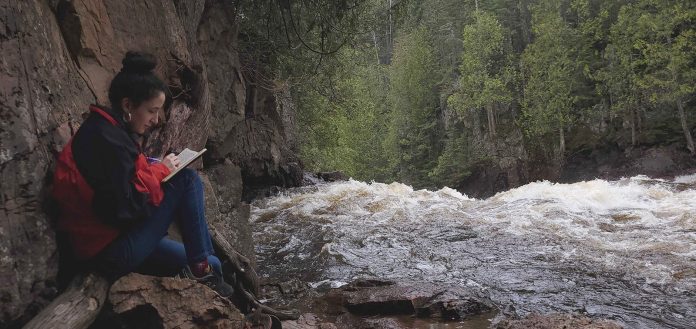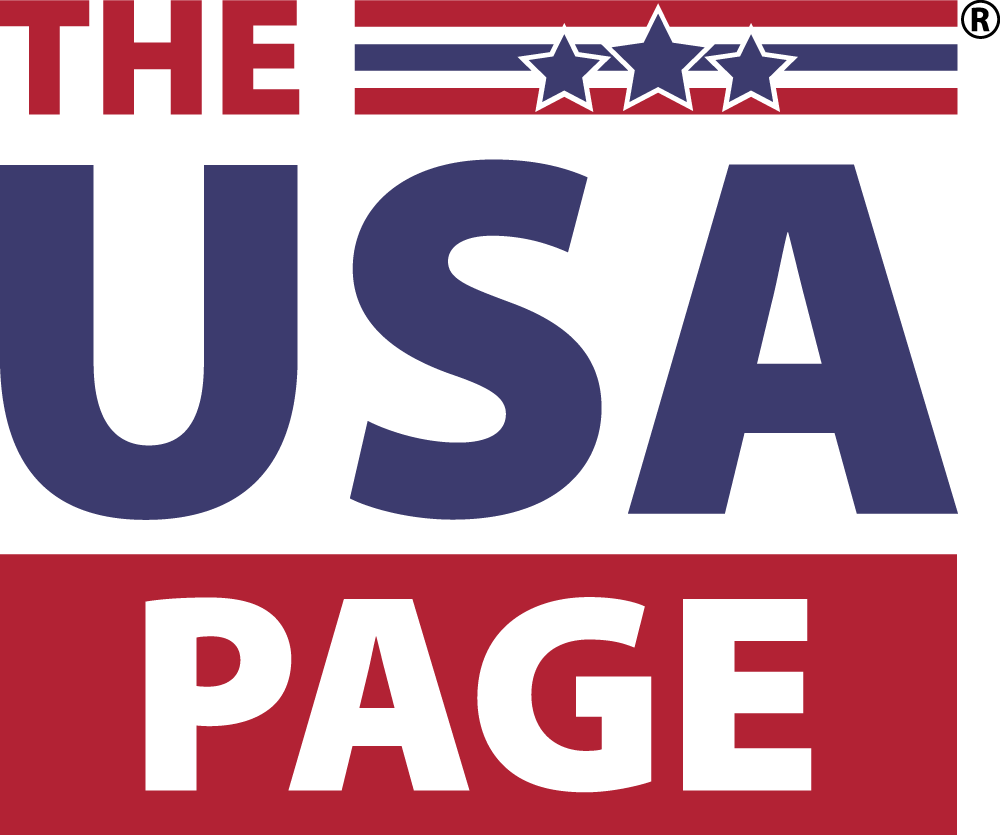Me, a climate activist? That feels hard to claim. And yet, if someone were to read the book of my life, I think they would find a climate story.
It started with many moments. Seeds planted over time. Hot summer days at Spring Brook Nature Center, the sensation of cool water and earth seeping into my clothing while I waded waist-deep into the mud of a swamp. In long hikes, stars, and swimming in the Boundary Waters. In home gardens, eating fresh fruits and vegetables picked straight from the vine. In the inquiry posed by my elementary school science teacher while we looked out on the asphalt surrounding our school. “How can we call our school North Park? Where is the green? Where are all the trees?” At church, where I learned that the inherent worth and dignity of every person, and respect for the interconnected web of all life are two of the seven Unitarian Universalist principles.
Seeds of joy, wonder, curiosity, respect, responsibility, and care. In the unencumbered child’s spirit that yearned for all the world to share in those gifts.

Any single instance is hard to pinpoint as the source of my climate story, but somewhere along the way, these ideas took root.
They took root in drawing designs for solar and wind-powered hovercrafts. In diving into the science behind hydrogen cars. In attempting to join my church’s green team as an elementary schooler (only to find dysfunctional adults arguing amongst themselves). It manifested in middle school art projects, in a high school newspaper article about my school’s resource use, and in the topics I chose for college essays and research projects.



Yet, even through this sustained thread, I found that many of the ways I attempted to engage with climate work felt wrong. Somehow ineffective, inadequate, out of touch, or even draining. Particularly as I became an adult, where I had imagined that greater agency would translate to greater ability to create meaningful impact.
I entered college as a mechanical engineering student thinking I would design clean energy solutions. Solar panels and wind turbines, or maybe bioreactors and geothermal systems, but found myself miserable and uninspired, realizing that much of what we needed was actually implementation rather than new technology. In my career, I took on jobs in businesses and nonprofits that promised environmental work that, in reality, felt exploitative to myself and others. I “volunteered” for teams in environmental organizations where I became nothing but a face on the other end of a Zoom call for an hour and a half every other week. Underutilized by a complete lack of strategy and action. Even when I found community groups moving in the right direction, the roles I was asked to play failed to take advantage of my unique skills and passions, resulting in a constant churn of unfulfilling work. This made motivation an uphill battle that built frustration, sadness, and shame to the point of burnout.
Early in my time working here at Climate Generation, I attended our Talk Climate Gathering and was asked, as part of an activity, to draw what I thought of when I heard the words “climate change.”
Out of my hand and onto the page went black scribbles.
Fuzz balls
floating on the white space of my blank paperSolitary
Alone
Sometimes even drawn in boxes
I thought I would draw the earth.
I thought I would draw people, or animals, or plants, or water, or fire, or oil, or coal, or smogBut I drew angry, scribbly, sad dots
Lacking in cohesion and connection
they did not communicate with each other.
Maybe, to me, climate change is like an old TV screen where the antenna can’t quite catch the signal
Our colorful gifts failing to shine through. Failing to connect with one another,
Our world becomes fuzzy and confused.That is really what I think is at the center of the climate crisis.
This crisis period.

My experience is like one of those grey, fuzzy dots. Unaware of the shape of my own gifts. Molded into roles for much too long that made me grey.
For phrases like “girls in STEM” and for feeling the weight of letting down women, I almost got a degree that I did not want. For “we would love to have a young person’s perspective in leadership,” I took on a role that felt taxing and brought me shame because I did not have the time or passion to do it well.
More than, or maybe I should say underlying, carbon, and pollution, and energy, and extraction
Is the notion that we whisper to one another
The thing that our institutions silently and invisibly uphold
That has bled into, and poisoned our culturethat we are separate
that we can and should live apart
that we are not one
Connection lacking, not just between each other and the planet but even with ourselves.
But, I am learning. I am reconnecting with the shape and color and texture of my passions and my gifts.
In early April of 2023, I got to see the author Akwake Emezi speak at Power Shift, a youth climate justice leadership conference held in New Orleans. They said the thing I knew but could not yet articulate — my experience put into words. That we all have our own roles in this movement. That they don’t all look the same. That just because they are different doesn’t mean they are not needed.
There is no prescribed way, no absolute “how” for climate work, for building a more just and abundant world. It doesn’t have to be big or flashy. Activism is finding that place where your skills and passion most effectively meet the needs of the world. What we really need is to connect with ourselves, to know our gifts, and to learn what we might offer. To balance saying yes and putting in the effort with the understanding that finding where your gifts shine is an act of trial and error. Requiring us to say “actually I think right now this is not the role for me,” so that we can find what is. And, knowing deeply, that we must do this work together, through relationship, in community.
We do not have to be lone isolated dots with no color. We are actually an inseparable part of a vibrant technicolor image.
I am so thankful for the many justice spaces that have opened my eyes to our disconnect. That showed me its relationship to extraction, capitalism, and white supremacy. That taught me to listen to the guides that are discomfort and joy and to have gratitude for the direction they give me.
My work now, I feel, is to build deep, loving community. To build spaces where we reconnect to ourselves, the planet, and each other. The small but persistent work of building relationships that by their very nature of connecting through listening and learning, are the antithesis of the systems that hold us back. Relationships that are strong and deep and can provide support in challenging times. That can be called on to make change.




On my desk, I have written in bold words, “Why I Do This Work: I believe we have the power to bring about a just and compassionate world beyond the climate crisis.” Fighting for climate, for people, for planet, that is the work I do in both my professional and personal life. I believe, though imperfectly and through much trial and error, that I am moving steadily forward.





